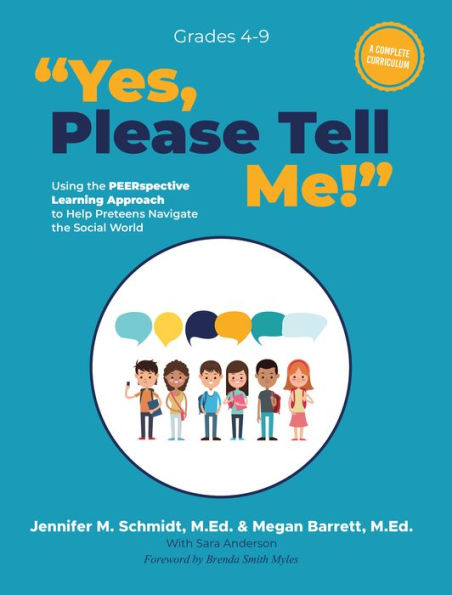Students with autism are often brilliant but struggle to get and keep jobs due to social skill deficits and splinter skills. This book will help students start thinking socially through intentional social skill lessons based on evidence based practice including peer based instruction and intervention. Using peers to teach social skills is an easy way to shift the culture and climate of your entire school building and even district.
1140566617
Yes, Please Tell Me!: Using the PEERspective Learning Approach to Help Preteens Navigate the Social World
Students with autism are often brilliant but struggle to get and keep jobs due to social skill deficits and splinter skills. This book will help students start thinking socially through intentional social skill lessons based on evidence based practice including peer based instruction and intervention. Using peers to teach social skills is an easy way to shift the culture and climate of your entire school building and even district.
28.95
In Stock
5
1

Yes, Please Tell Me!: Using the PEERspective Learning Approach to Help Preteens Navigate the Social World

Yes, Please Tell Me!: Using the PEERspective Learning Approach to Help Preteens Navigate the Social World
Related collections and offers
28.95
In Stock

Product Details
| ISBN-13: | 9781957984551 |
|---|---|
| Publisher: | Future Horizons, Inc. |
| Publication date: | 11/23/2021 |
| Series: | PEERspective |
| Sold by: | Barnes & Noble |
| Format: | eBook |
| File size: | 43 MB |
| Note: | This product may take a few minutes to download. |
About the Author
From the B&N Reads Blog
